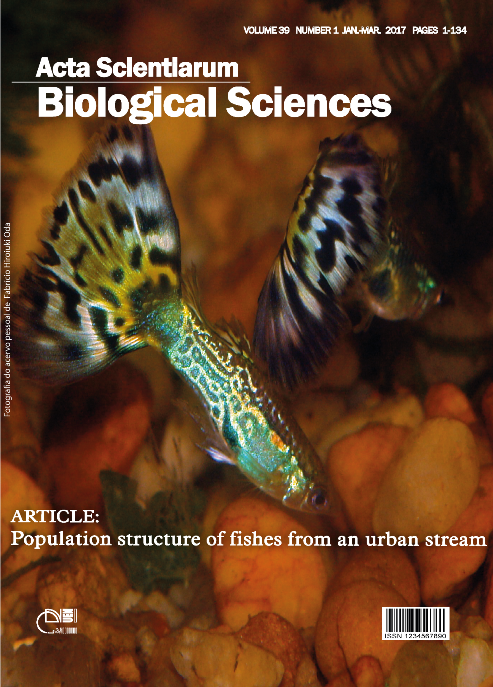<b>DNA barcode regions for differentiating <i>Cattleya walkeriana</i> and <i>C. loddigesii</i>
Resumo
Growers appreciate Cattleya walkeriana and C. loddigesii due to striking shape and rarity. Thus, this study aimed to evaluate the feasibility of DNA barcode regions, namely ITS1, ITS2 and rpoC1, to discriminate between C. walkeriana and C. loddigesii species. DNA barcode regions were successfully amplified using primers designed to amplify plants. We also included sequences from public databases in order to test if these regions were able to discriminate C. walkeriana and C. loddigesii from other Cattleya species. These regions, and their combinations, demonstrated that the ITS1+ITS2 had the highest average interspecific distance (11.1%), followed by rpoC1 (1.06%). For species discrimination, ITS1+ITS2 provided the best results. The combined data set of ITS1+ITS2+rpoC1 also discriminated both species, but did not result in higher rates of discrimination. These results indicate that ITS region is the best option for molecular identification of these two species and from some other species of this genus.
Downloads
DECLARAÇÃO DE ORIGINALIDADE E DIREITOS AUTORAIS
Declaro que o presente artigo é original, não tendo sido submetido à publicação em qualquer outro periódico nacional ou internacional, quer seja em parte ou em sua totalidade.
Os direitos autorais pertencem exclusivamente aos autores. Os direitos de licenciamento utilizados pelo periódico é a licença Creative Commons Attribution 4.0 (CC BY 4.0): são permitidos o compartilhamento (cópia e distribuição do material em qualqer meio ou formato) e adaptação (remix, transformação e criação de material a partir do conteúdo assim licenciado para quaisquer fins, inclusive comerciais.
Recomenda-se a leitura desse link para maiores informações sobre o tema: fornecimento de créditos e referências de forma correta, entre outros detalhes cruciais para uso adequado do material licenciado.












1.png)




3.png)













